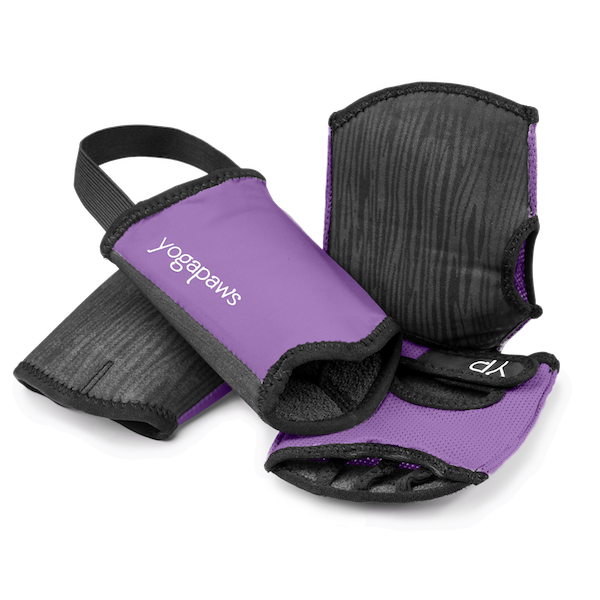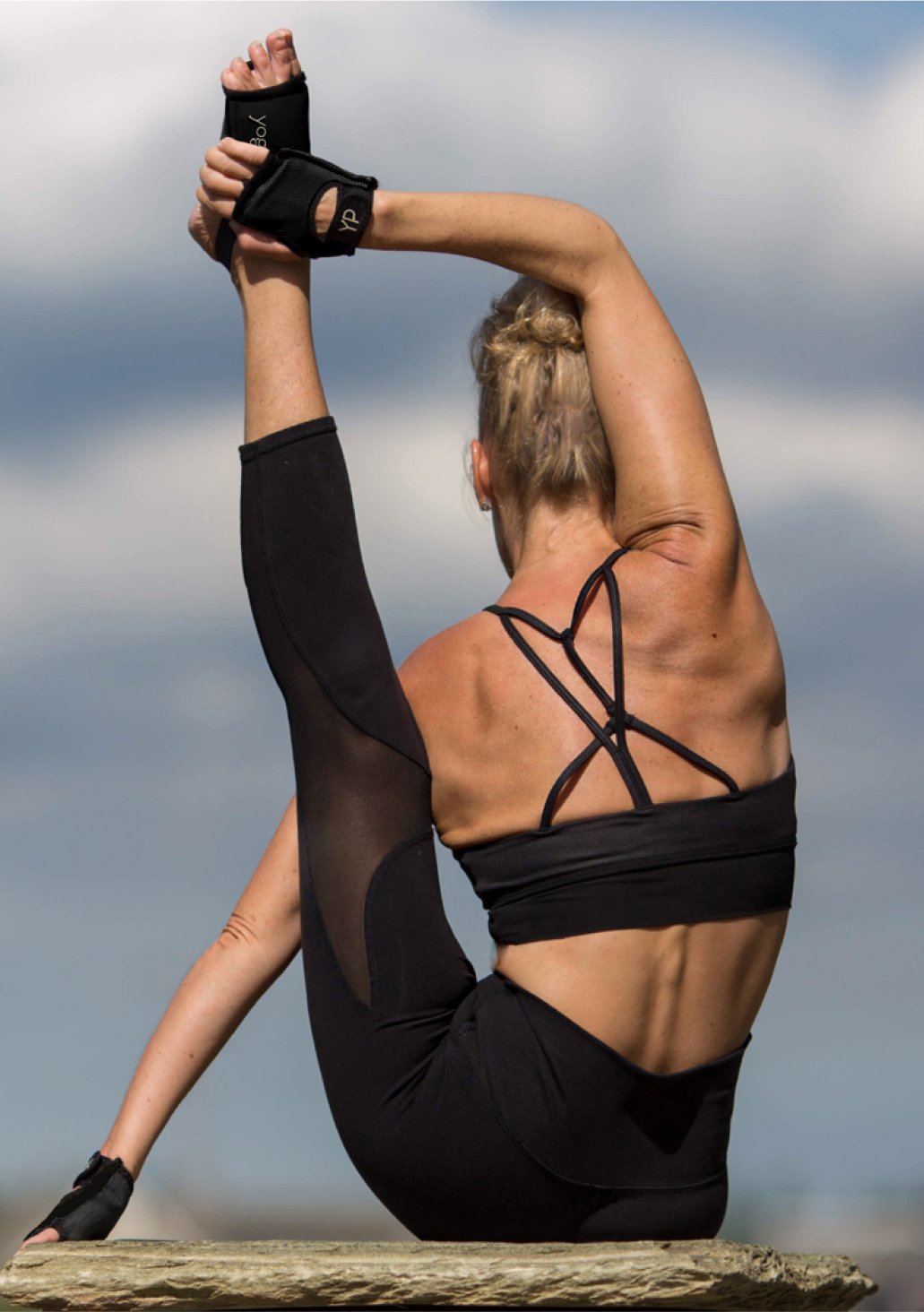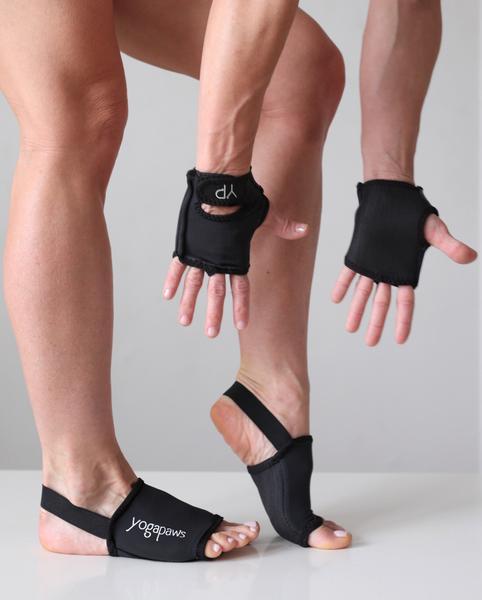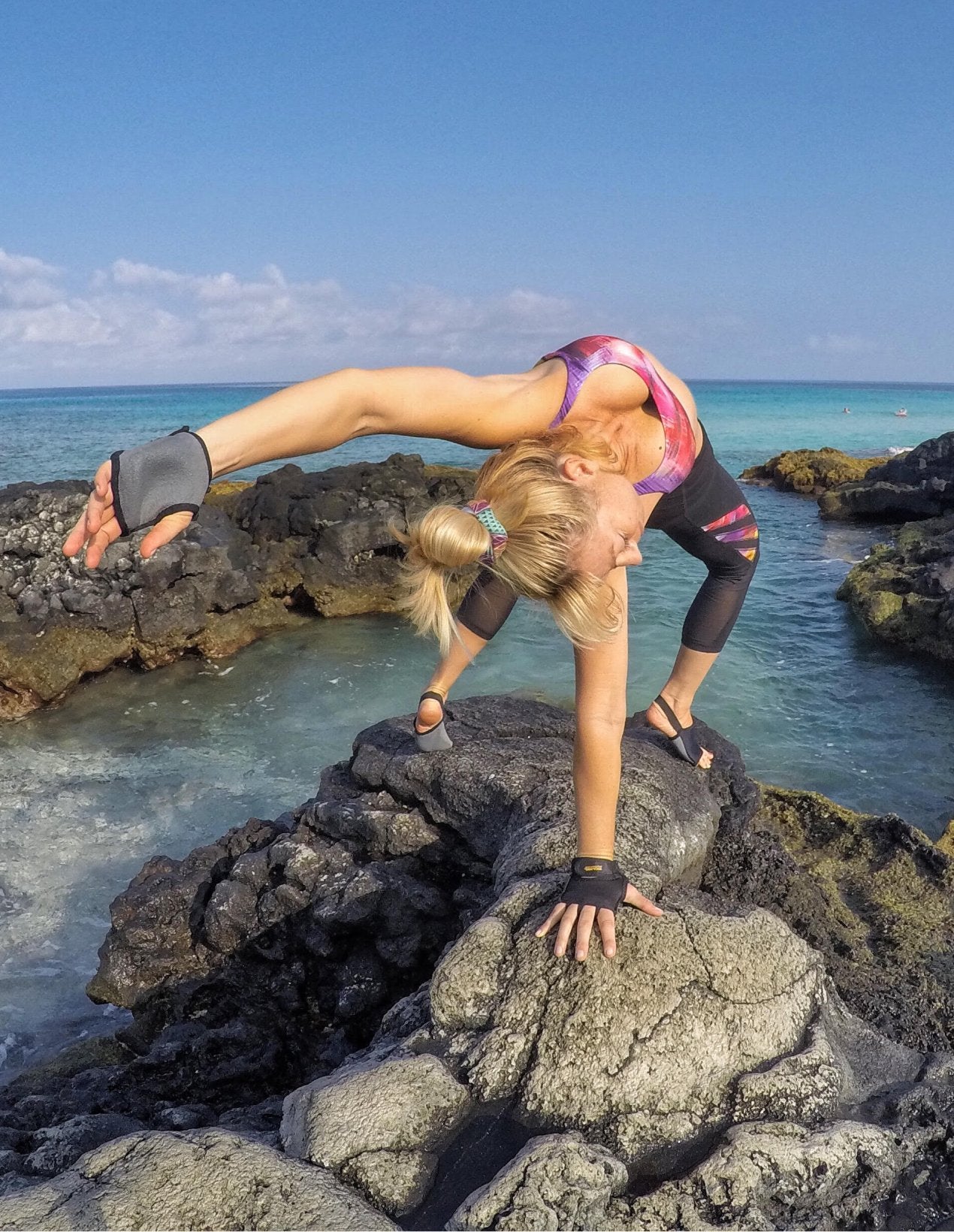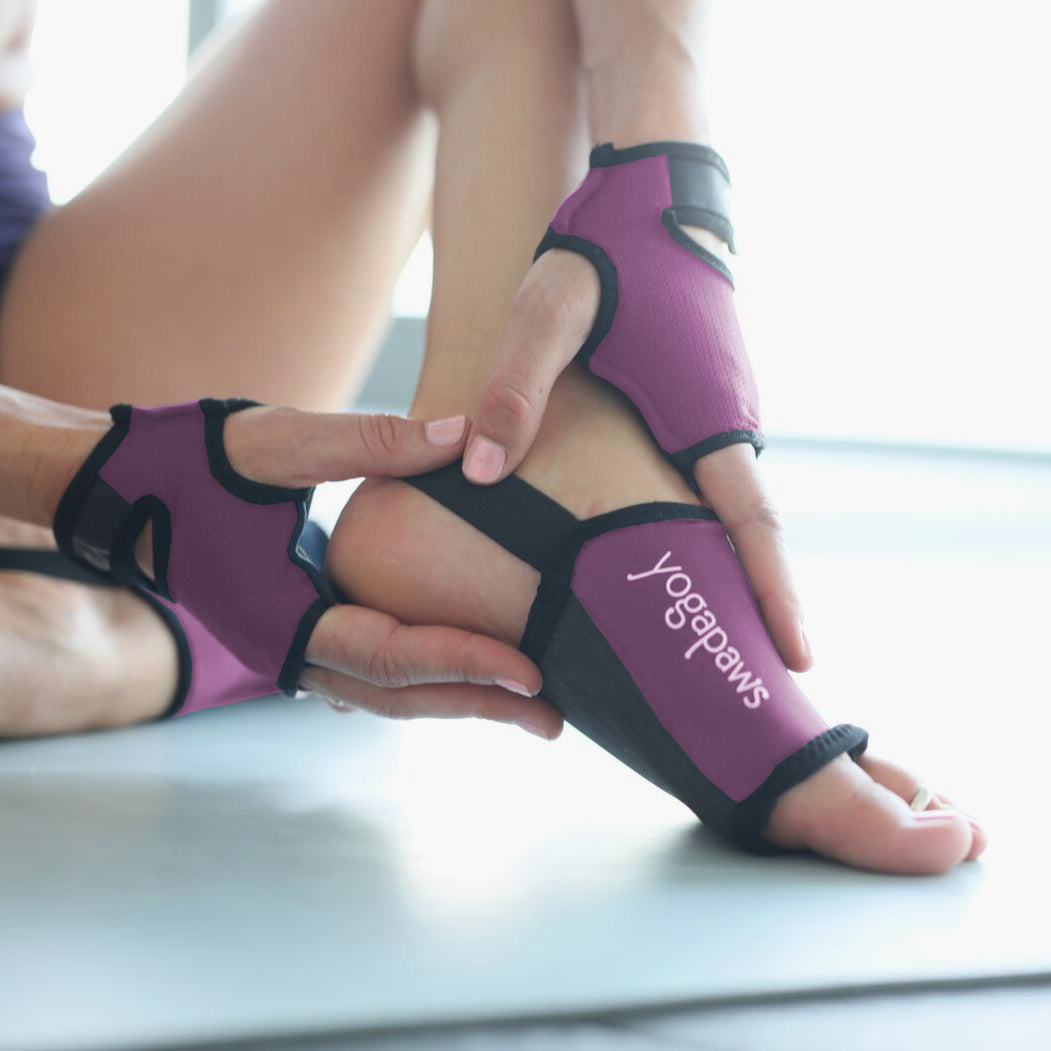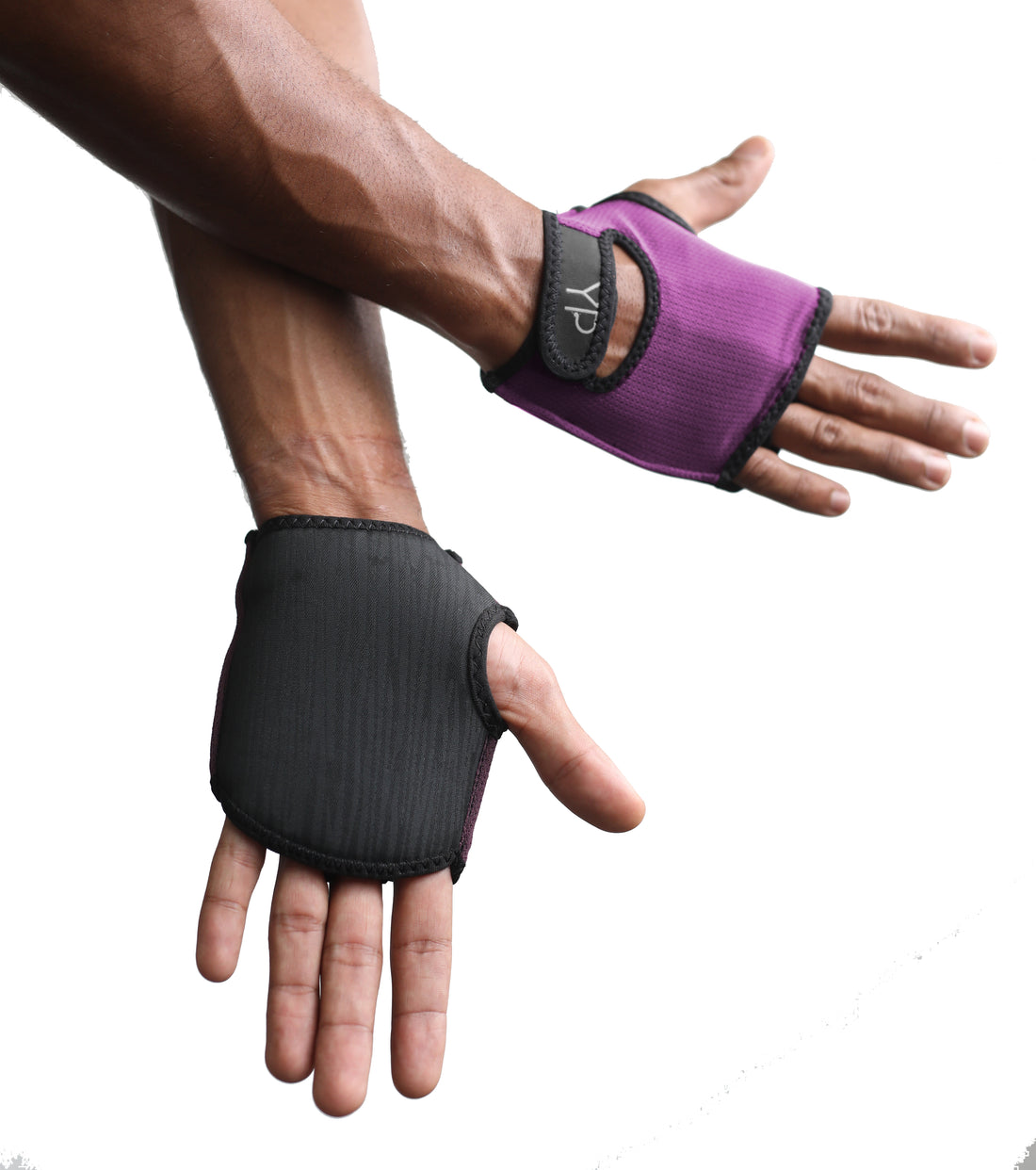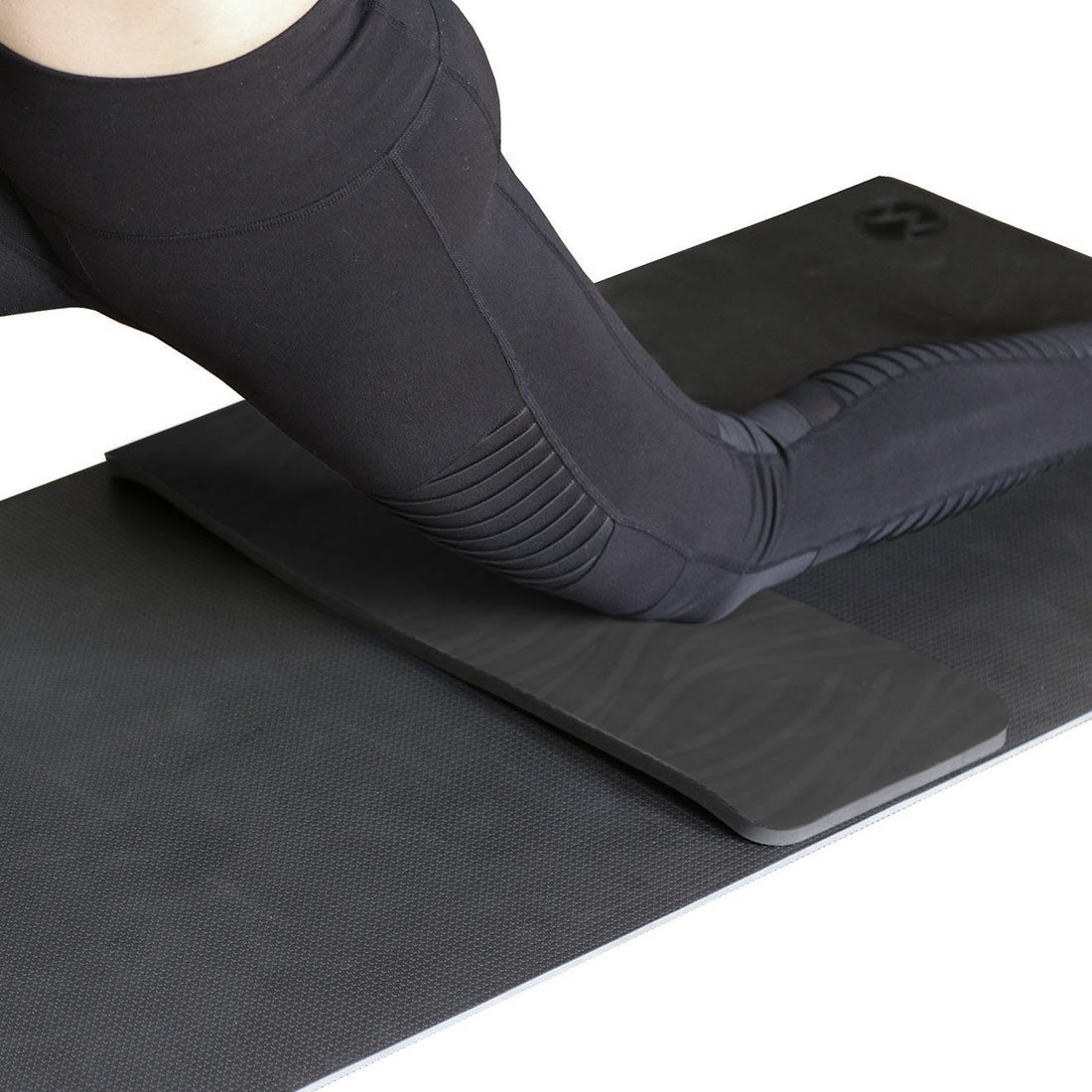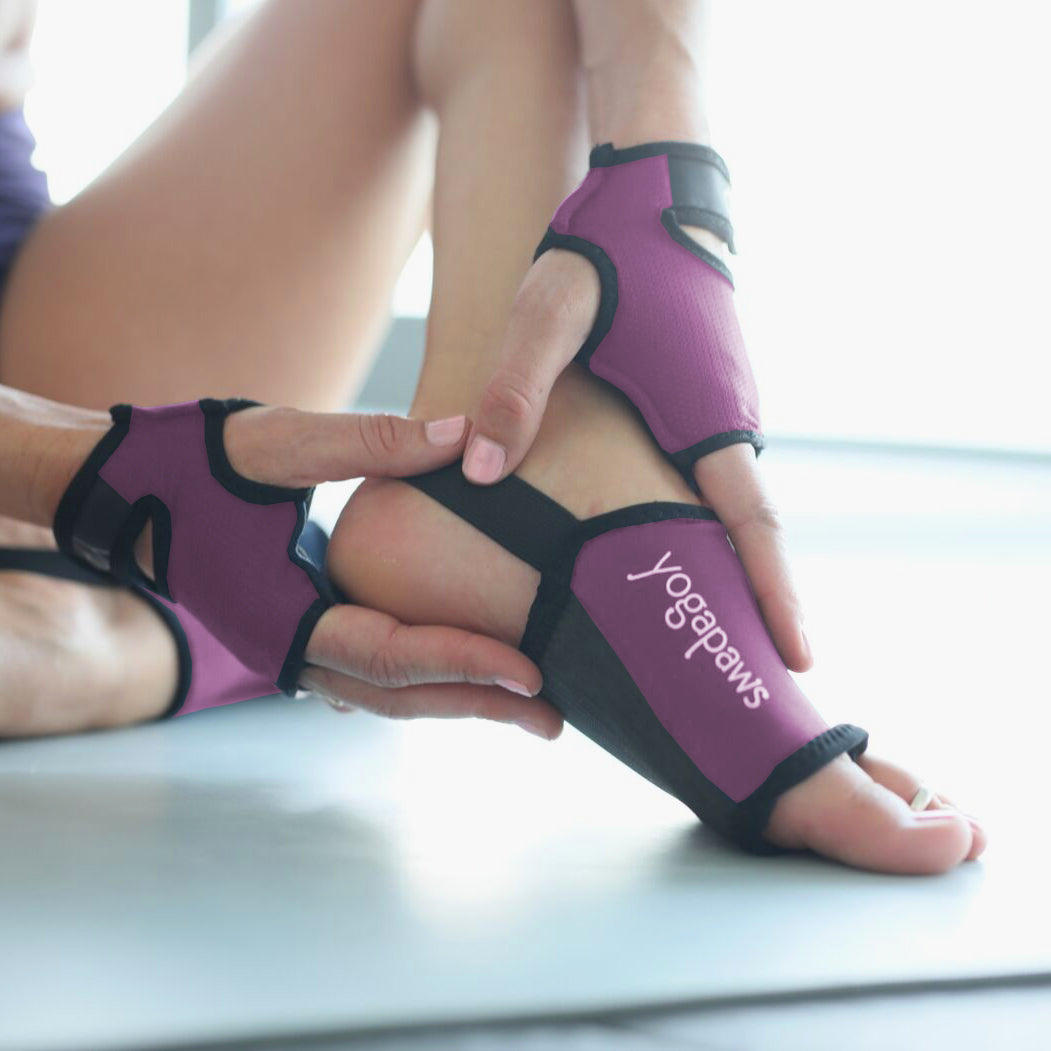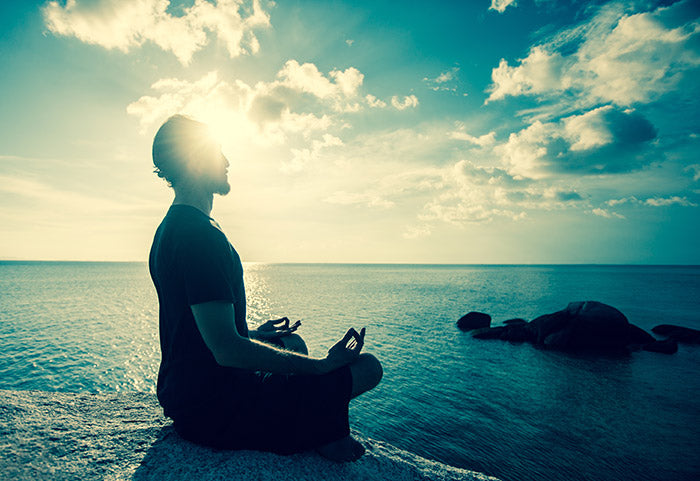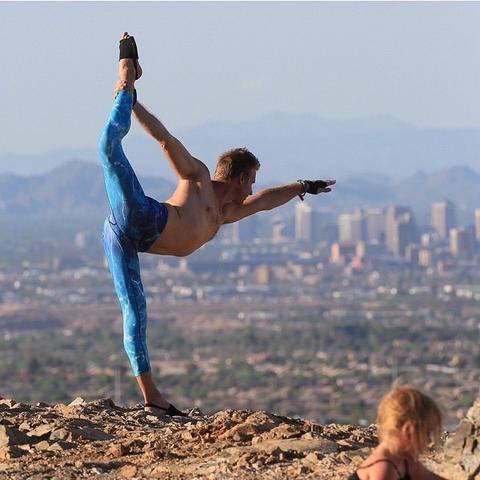
Interested in taking your first yoga class but aren’t really sure what to expect? Moving your practice out of your home and into the studio can be intimidating – especially for your first time. Here are some tips for making the transition a little easier:
What to Bring
The three main things you will need for your yoga practice is a mat to practice on, a towel to wipe off sweat, and a water bottle. Most of these things are available to purchase or rent at a studio, so no worries if you don’t have one! Also depending on the studio, it is recommended to bring a small lock to put on your locker to protect your phone, valuables, etc. while you’re in class.
Yoga is almost always practiced barefoot, so no need to worry about bringing fancy shoes to practice in, however, if you have a slippery yoga mat, or need to rent one, YogaPaws are always a fantastic option. Wear comfortable leggings or fitted workout clothing that you are prepared to sweat in! For ladies, be sure to tie your hair up – preferably in a pony tail, braid, or bun so it doesn’t fall in your face and disturb you during class.
Choose the Right Type of Yoga
Once you’ve decided where to go, the next step is to choose which class is most appropriate. Did you know there are over 10 variations & styles of yoga? Many studios offer various classes and heat levels including beginner, intermediate, and advanced programs, so make sure to ask which one would be best for you. This is very important because you want to attend a class that will move at an appropriate pace and keep you safe from potential injury.
If you don’t end up liking the class or instructor, try another class next time! Sometimes a different teacher can completely change the feel and tempo of your practice, so don’t be afraid to experiment and try a variety of classes!
Yogi Etiquette
Try to arrive at least 10 -15 minutes early for your first class to check in and get situated. Some studios will need you to create an account with them and fill out a liability waiver, so give yourself some time so you’re not rushing. This also gives you time to purchase or rent a mat, towel, and water if you need to do so before class.
Be sure to communicate with your teacher about any injuries you might have, or if you should grab a prop for practice (these are usually borrowed during class for no additional charge). If you absolutely must leave early (although this is highly discouraged) it is common courtesy to let the teacher know that you need to leave early before class begins. Try to situate yourself close to the door and leave before final savasana, as to not disturb other students during their quiet meditation.
Once you’ve arrived in your class, be mindful of the other students around you. Try not to talk, or at least speak quietly if you must communicate. Also, make sure to leave your phone out of the classroom. It is VERY rude to be on your phone while taking class and can be a big disruption to other students if it rings, buzzes, or lights up. Be courteous to others and leave the distractions outside!
Don’t Be Discouraged
There are most likely going to be yogis of all levels practicing in class, so if there's a pose you don't understand or aren't ready to try, you are always welcome to rest or even move into child’s pose. If you are feeling overwhelmed, fatigued, or tired at any point, you can always modify and/or take water breaks to let your body recover. Yoga is not a competition, but rather a ‘practice’ and will get better with time and repetition. Remember that the first class is always the hardest, and you will feel more confident each time you step on your mat!
Here are three poses every yogi practices and will help prepare for your first class:
 |
Adho Mukha Svanasana (Downward Dog Pose)Benefits: How it's done:
|
 |
Chaturanga Dandasana (Crocodile Pose)Benefits: How it's done:
|
 |
Bhujangasana (Cobra Pose)Benefits: How it's done:
|
Thanks for reading! Feel free to take 10% off your next order with code: PAWBLOG

AUTHOR BIO
Stephanie Morgan is a yoga instructor and fitness/lifestyle blogger from Chicago! Yoga has impacted her life in so many ways, and she loves having the opportunity to teach and share her practice with others. She hopes to encourage and inspire other people to follow their dreams and find new levels of possibility in their minds and bodies by bringing their practice off their mat and into their lives! You can find her blog at www.XoStephMorgan.com
Instagram: www.Instagram.com/XoStephMorgan
Facebook: www.Facebook.com/XoStephMorgan
Twitter: www.Twitter.com/XoStephMorgan


